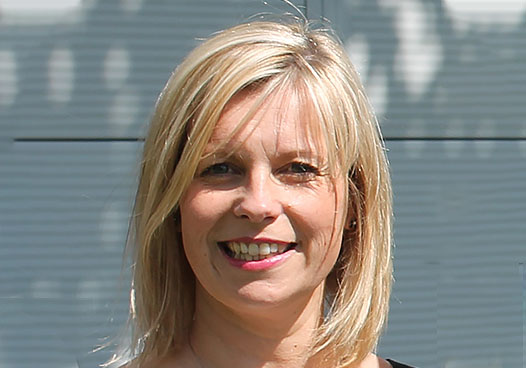Recent experiences from venue site inspections.
Site inspections aren’t a novelty, we’ve attended thousands of them with, or on behalf of clients over our 25 years in the events industry, and always recommend them to our clients as part of planning a live event. This is to ensure that their plans work logistically in shortlisted venues, that a venue works to support their key event objectives and to give the opportunity to walk their proposed delegate journey.
What is new, is site inspections during a global pandemic.
With the latest government update that venues can host meetings for up to 30 delegates, and our team seeing events being planned for the remainder of 2020, we have been supporting our clients with their hybrid and live events and have therefore had to take the tentative steps in our own new normal by adding another level to our site inspection objectives: Covid-19 safety procedures.
We have seen lots of information coming through from groups and venues which we can add to our database: IHG ‘Commitment to clean’, Best Western – ‘Hotels that care’, Hilton ‘Event Ready with Clean Stay’ and ETC venues ‘18-point plan’ to name a few.
There are themes running through many of these including cleaning processes, touch free food and beverage offerings, staff training and social distancing – but outside of this, what really happens when you get inside venues?
Let’s share some of the things we experienced recently when conducting site inspections with clients.
We know that a warm welcome on arrival, and first impressions are important, and in all cases we were welcomed warmly and confidently – one venue even welcomed with a handshake (swiftly followed by copious antibacterial hand gel).
What was obvious, and understandable is that everyone is doing things cautiously, but differently.
In one venue, we were taken by a reception member – at a social distance – to a coffee machine prepped with medical grade wipes and hand gels, and were able to get a coffee before waiting in a stripped back lounge. In another venue, we were seated in the bar and brought glasses with plastic covers and individual bottled water and told coffee machines were a no go, and flasks would be used for events. Neither wrong, just interesting to note.
Meeting rooms were another minefield – one venue had taken the opportunity to review their capacities to encompass social distancing measures of 2 metres, 1.5 metres and 1 metre and suggested that the client make their own decision on how their delegates would feel most comfortable. Another venue was strictly sticking to a 2-metre social distancing guideline, in theatre style only leaving the client absolutely no flexibility.
As we expected catering has had to change significantly. Some venues offer a breakfast or lunch buffet option; your selection picked by a chef in gloves and mask who leaves your plate at the end of the pass, not unlike Subway we joked. Other venues are limiting to pre-packaged Bento boxes or grab and go continental breakfasts. Room service is varied in offering across the venues we visited and certainly limited. In meetings delegate sweets are understandably missing, and stationery and water are generally sited on self-service collection tables.
We saw that some venues are removing water filling stations (for those guests using refillable bottles), and it does seem to be the case that for some venues, single use plastic is unfortunately the only option to counter potential contamination.
Bedrooms have become more of a functional area, with no soft furnishings to differentiate them from another white linen adorned bed. We did note a variety in strategies for occupancy, including alternate rooms being allocated to maintain a lower overall occupancy per corridor, and in other venues whole wings being closed as occupancy is way below normal levels. Some venues choosing to leave 72 hours between guests, and others 24 hours, but all maintaining meticulous cleaning schedules.
Signage and directional floor stickers, screens and hygiene stations were abundant in all venues. It was obvious that the venues which have actually held a few physical events post-lockdown have learned a lot from these and have been able to refine the flow of delegates, pinch points and high-touch points. Taking a wipe to clean down the keypad of an exit barrier before and after use was a first, and of course there is no little slip of paper to take with you to remember the code (tip: Take a photo – by the time you have reached your vehicle you will undoubtedly have forgotten).
Being in the different venues before and after meetings have taken place has shown us is that every venue is trying to fathom this new world of events.
If you need support in planning your next live event, please get in touch and our experienced team will guide you through some of the changes you can expect. We’ll help you to navigate some of the challenges you may face and ensure you make your event a success as we cautiously get back to real meetings again.



